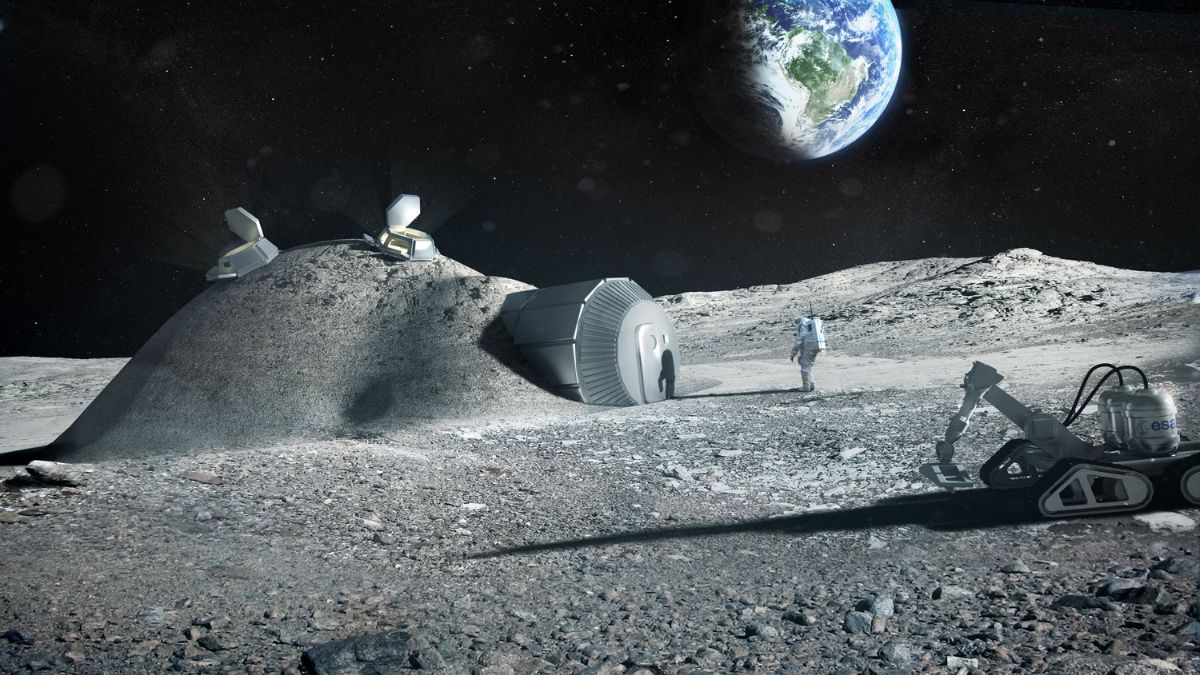Sometimes, the past comes knocking when you least expect it. That’s exactly what happened back in 1996 in Kennewick, Washington. Two men were just out enjoying a boat race when they stumbled upon something that would turn archaeology—and the story of America’s first peoples—on its head: a nearly 9,000-year-old skeleton. What followed was a discovery filled with mystery, scientific debate, legal battles, and eventually, cultural reconciliation.
Discovery
Let’s rewind to the day it all began. Will Thomas and David Deacy were watching a boat race along the Columbia River. Nothing out of the ordinary—until they noticed something strange near the riverbank. Curiosity got the best of them, and as they got closer, they realized it was a human skull.
Naturally, they called the police, who turned the remains over to the authorities. At first, no one knew just how important this skeleton was. But as archaeologists stepped in, the pieces of the puzzle started to reveal something astonishing.
This wasn’t just a random body. It turned out to be one of the most significant archaeological finds in North American history.
Identity
Once scientists got to work, they discovered the skeleton was more than 8,400 years old. They named him Kennewick Man, also known as The Ancient One.
So who was he? The remains revealed he was a tall, muscular man in his 40s—likely a coastal hunter. But what truly shocked researchers was the spearpoint embedded in his hip. He had survived a major wound, showing he was not only tough, but resourceful.
Even more puzzling, his skull didn’t match the typical features of modern Native American populations, at least according to early interpretations. That sparked a massive debate: was Kennewick Man actually a distant ancestor of today’s Indigenous peoples—or a separate migration group altogether?
Controversy
That’s when things got complicated.
Several Native American tribes from the region stepped forward, claiming Kennewick Man as one of their own ancestors. Under the Native American Graves Protection and Repatriation Act (NAGPRA), they demanded the remains be returned for a proper tribal burial.
But scientists weren’t ready to let go. They argued that the skeleton could help unlock the secrets of how the first people came to the Americas. And so began a legal tug-of-war that would stretch on for nearly two decades.
On one side: the pursuit of scientific discovery. On the other: the right of Indigenous tribes to honor and protect their cultural heritage.
Resolution
Finally, in 2015, science provided the answer. Advanced DNA testing confirmed what tribes had been saying all along: Kennewick Man was genetically linked to modern Native Americans.
That was the breakthrough moment. With the mystery solved, the legal battle ended. In 2017, over 200 tribal members gathered for a sacred ceremony and reburied Kennewick Man according to traditional customs.
It was more than just a burial—it was justice, recognition, and healing.
Legacy
This discovery didn’t just answer an archaeological question—it reshaped our understanding of early American history. It also reminded us of something even more important: the value of respecting Indigenous voices and ancestral ties.
Kennewick Man stands as proof that science and culture can coexist. While research is crucial to uncovering the past, it should never come at the cost of ignoring the living descendants who still carry that history in their blood and stories.
Today, The Ancient One is more than a skeleton—he’s a symbol of history, identity, and the power of truth.
FAQs
Who discovered the Kennewick Man?
Will Thomas and David Deacy in 1996 near the Columbia River.
How old is the Kennewick Man?
The skeleton is around 9,000 years old.
Why was there a legal conflict?
Tribes claimed the remains, while scientists wanted to study them.
What solved the mystery?
DNA analysis confirmed Native American ancestry.
Where is Kennewick Man now?
He was reburied in 2017 in a tribal ceremony.























